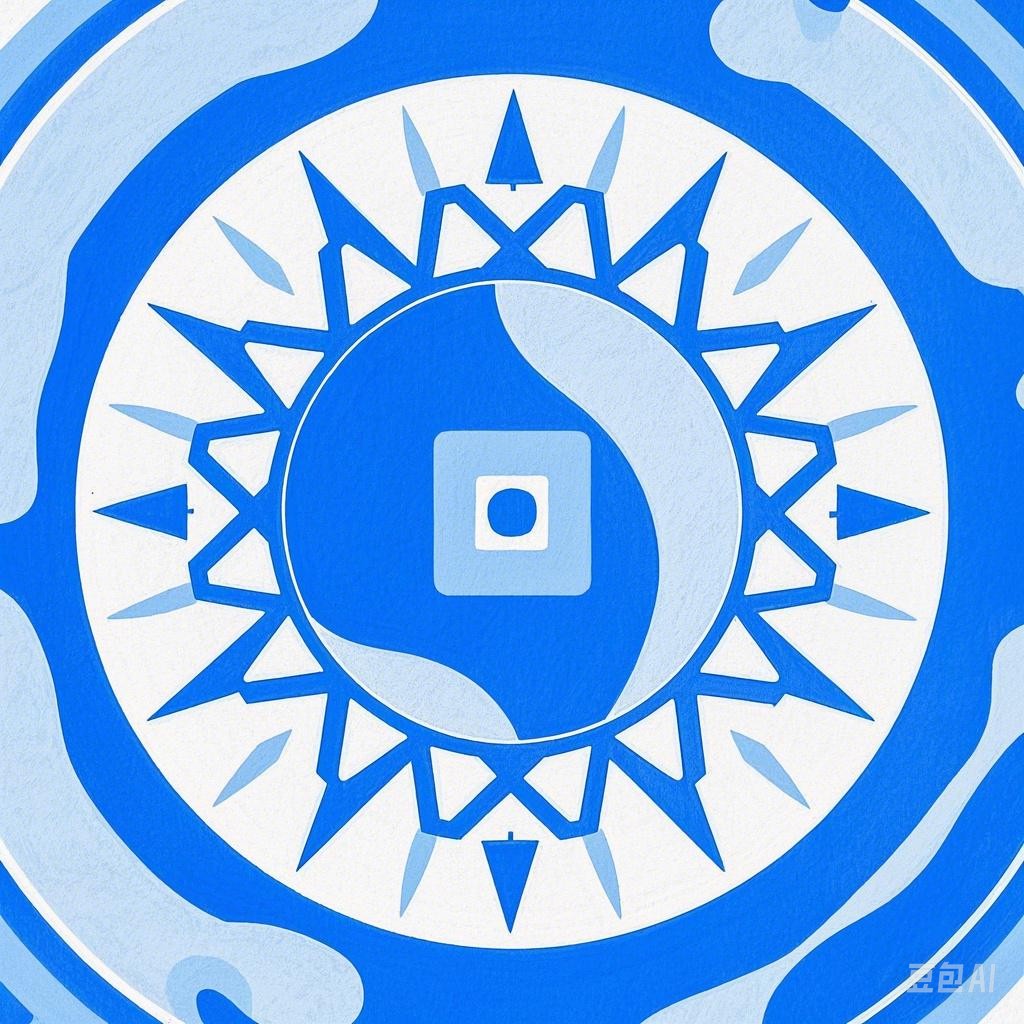Introduction
Chinese festivals are not just days of celebration; they are rich tapestries woven with cultural threads that span thousands of years. Each festival carries with it a unique story, tradition, and symbolism that reflects the deep roots of Chinese culture. This article embarks on an English interpretation journey to uncover the cultural charm behind some of China’s most significant festivals.
The Spring Festival: The Rebirth of Hope
Background
The Spring Festival, also known as Chinese New Year, is the most important and most widely celebrated festival in China. It marks the beginning of the lunar new year and is a time for family reunions, feasts, and the exchange of gifts.
Cultural Significance
- Symbolism of the Red Color: Red, the color of prosperity and happiness, is prevalent during the festival. It is believed to ward off evil spirits.
- Nian Gao: This sweet rice cake symbolizes growth and prosperity, as its name sounds like “year” in Chinese.
- Fireworks: They are set off to scare away the Nian, a mythical beast that was thought to come out during the new year and cause mischief.
Celebrations
- Family Reunions: People travel great distances to reunite with their families.
- Feast: The reunion dinner is a grand feast with a variety of dishes, often including dumplings, fish, and noodles.
- Red Envelopes: Children receive red envelopes filled with money from their elders.
The Dragon Boat Festival: A Tribute to Heroism
Background
The Dragon Boat Festival commemorates the death of Qu Yuan, a poet and statesman who drowned himself in the Miluo River in 278 BC after being betrayed by his king.
Cultural Significance
- Dragon Boats: Teams of rowers race long boats, often with a dragon head and tail, to honor Qu Yuan.
- Zongzi: These sticky rice dumplings, wrapped in bamboo leaves, are eaten during the festival and are said to prevent fish from eating Qu Yuan’s body.
The Mid-Autumn Festival: Mooncakes and Family Unity
Background
The Mid-Autumn Festival is celebrated on the 15th day of the eighth lunar month, typically in September or October. It is a time to admire the full moon and express gratitude for the harvest.
Cultural Significance
- Mooncakes: These round pastries symbolize completeness and are given as gifts to family and friends.
- Moon Viewing: Families gather to admire the moon and enjoy each other’s company.
The Double Ninth Festival: Paying Respect to Elders
Background
The Double Ninth Festival, also known as Chongyang Festival, is held on the ninth day of the ninth lunar month. It is a time to honor the elderly and to enjoy the autumn scenery.
Cultural Significance
- Picking Chrysanthemums: Chrysanthemums are picked and displayed as they are believed to have medicinal properties.
- Pineapple Cake: This traditional cake is often eaten during the festival and is said to bring longevity.
Conclusion
Chinese festivals are a testament to the country’s rich cultural heritage. Each festival, with its unique customs and symbolism, tells a story of the Chinese people’s history, values, and aspirations. As we journey through these festivals, we gain a deeper appreciation for the cultural charm that binds the Chinese community together.
